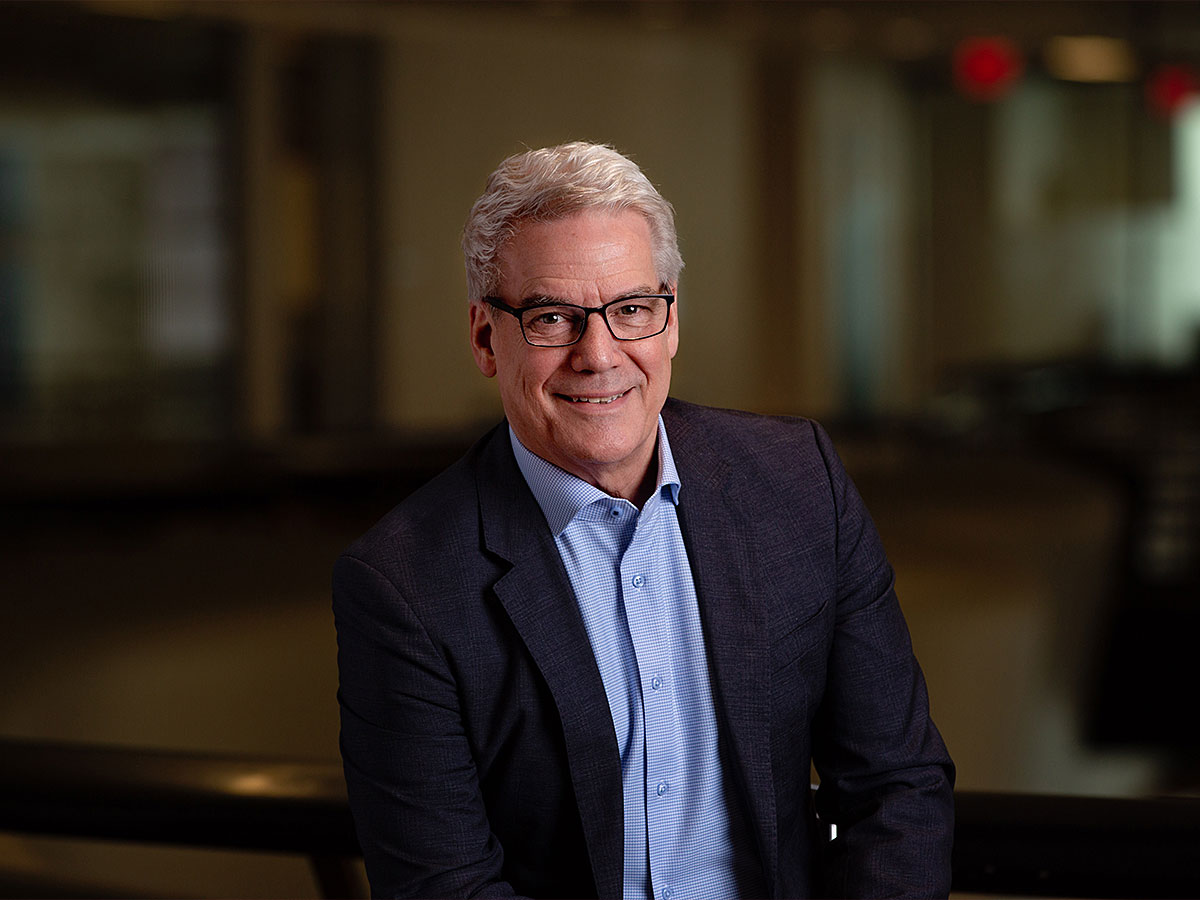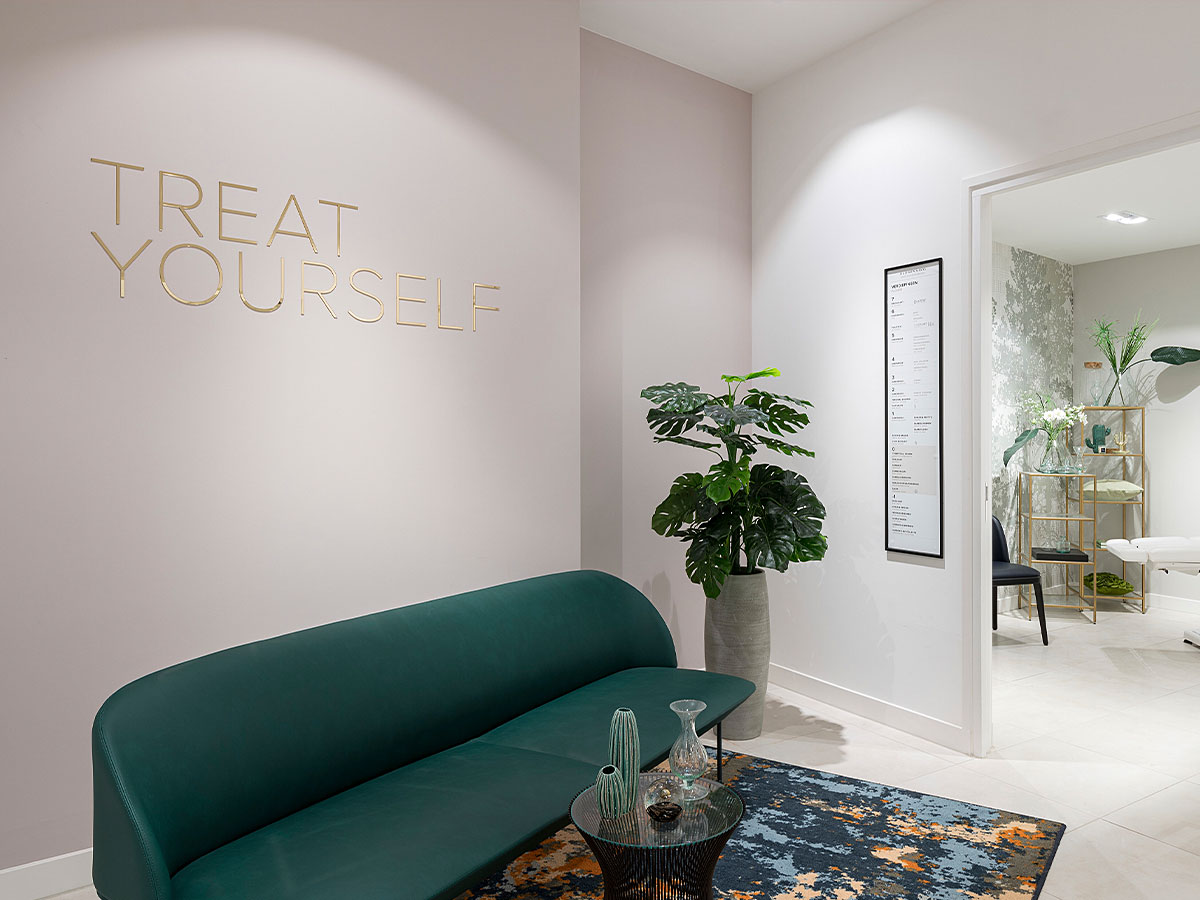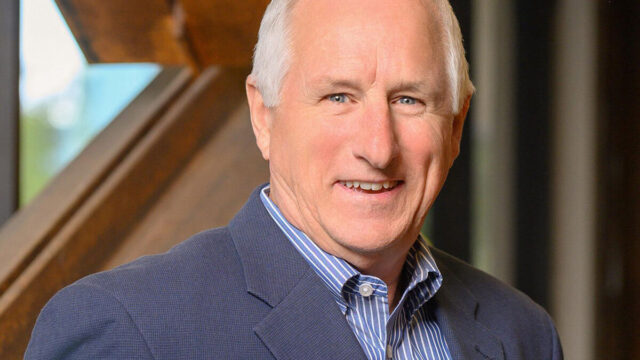With health and safety on the minds of everyone, especially the hospitality industry, InspireDesign spoke with Clay Markham, AIA LEED AP BD +C, SVP at architecture, planning and design firm CallisonRTKL, about what lessons hotels can learn from the healthcare industry.
 What can hoteliers learn from healthcare to help their properties keep guests safe from infectious diseases? To keep guests—and staff—safe from infectious diseases, hoteliers are taking cues from healthcare. In particular, hotel developers are looking into robust air filtration systems to prevent the spread of infectious airborne particles that could be harmful to human health and well-being. The implementation of these systems throughout guestrooms, corridors, lobbies and communal areas will make these high-risk spaces safer.
What can hoteliers learn from healthcare to help their properties keep guests safe from infectious diseases? To keep guests—and staff—safe from infectious diseases, hoteliers are taking cues from healthcare. In particular, hotel developers are looking into robust air filtration systems to prevent the spread of infectious airborne particles that could be harmful to human health and well-being. The implementation of these systems throughout guestrooms, corridors, lobbies and communal areas will make these high-risk spaces safer.
Unfortunately, the issue with many developers and operators is that in a commercial application, these systems are expensive and likely translate into higher room rates, which cost more for guests. This may change in the future as well-being and cleanliness are not just about surfaces anymore.
Are there any simple things designers can do? A simple way hospitality designers can heighten a sense of health and well-being is through a connection to nature. This can be achieved through materiality, including the use of natural woods and recycled materials, access to outdoor spaces and the inclusion of planters or green walls. Rather than having guestrooms with limited views of a caged-in pool or a parking lot, the focus should be on direct visibility to green and open spaces outdoors.
How about steps they can take during a renovation or new-build? Flexibility will play a huge role in renovations and new-builds in the future. We will see building typologies that are universal and adaptable. Through moveable walls, adjustable lighting and flexible furniture, spaces can be easily transformed to serve another purpose. For example, hotels can be transformed into emergency shelters, should there ever be a need for it. With a lack of beds at the forefront of the pandemic’s impact on healthcare, hotels can be designed to accommodate infected patients.
On a lighter note, these adaptable areas can be used in post-COVID times to fulfill a number of hospitality needs, including the desire for more communal, bar and restaurant space, as well as reception and ballroom areas. The ability to be flexible, to be able to convert to another use or an expanded use, will serve hoteliers well if there ever is another massive demand change that could be financial or social. We will also begin to see large areas, such as lobbies, that have the ability to open up to the outdoors or other areas within the hotel to satisfy the need for biophilia and more breathable spaces.
Hoteliers can also consider how to set up a building that can be modified to accommodate co-working or meeting spaces as more people continue to work from home. With a huge percentage of our workforce working remotely well into 2021, hospitality venues have the advantage to cater to the working individual that wants to step away from the day-to-day distractions found at home.
Is there anything else you would like to add? Moving forward, hotels will need to provide offerings that go far beyond basic human needs in order to deliver a more holistic, individualized experience that feels safe for all guests. Through a careful assessment utilizing Maslow’s Hierarchy of Needs, we can easily narrow down what it is that guests want, from basic, psychological and self-fulfillment needs, but with particular attention to their feelings around safety and physiology.




